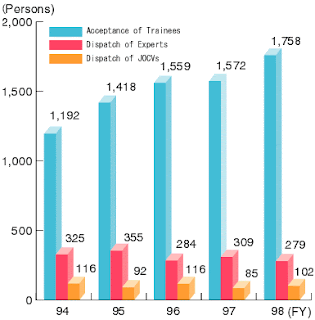 A stem and leaf plot is a good way to graphically show numberical data and is very much like a histogram. Here at the left it is a plot showing the ages of people at a family reunion. I have never been a fan of this type of plot. To me it is very confusing. But a lot of people like it.
A stem and leaf plot is a good way to graphically show numberical data and is very much like a histogram. Here at the left it is a plot showing the ages of people at a family reunion. I have never been a fan of this type of plot. To me it is very confusing. But a lot of people like it.Map found here: http://www.eduplace.com/math/mhm/5/06a/index.html















